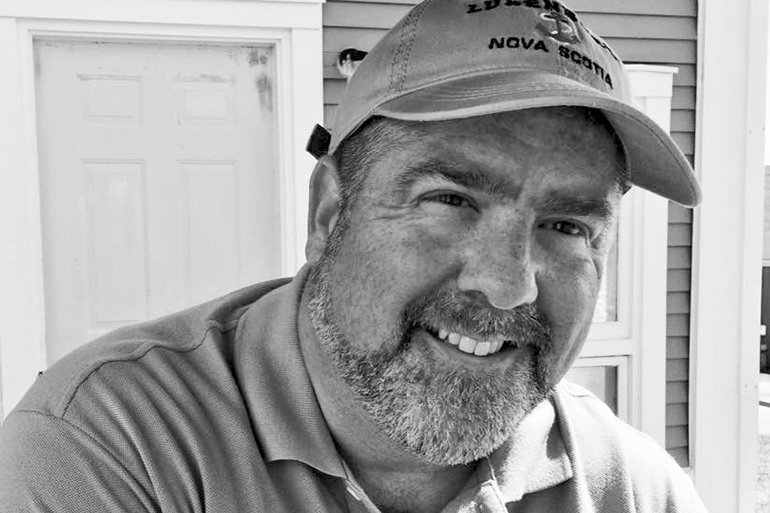LGBT History in the Hamptons: Dr. Shawn Cannon’s Lesson

For LGBT people on the East End, things have definitely changed over the years. But as coming out of the closet and being openly gay has become easier, it’s now harder to find an actual community on Long Island. Dr. Shawn Cannon of Amagansett has seen the greater LGBT community on the East End shrink, even as queer issues have become more and more mainstream.
Cannon, originally from Dix Hills, feels his coming out story is rather familiar. His family didn’t take it well, at first. “Even growing up in a fairly progressive Long Island neighborhood, it seemed to be okay that other people were gay—my next door neighbors were gay—but it’s different when it’s your own family,” he says.
But for Cannon, who came of age in the 1980s, there was a community to turn to for comfort and connection that he doesn’t feel exists today. “In the ’80s, there were dance clubs and Madonna, and there was no social media,” he says. “I hate to blame it on social media, because social media has helped people connect with people they didn’t think existed, but it took away from the need to go to a place. When I first started coming out here, living on the East Hampton/Amagansett border, working in Southampton, I’d stop at The Annex to have a cocktail, but that’s gone, too.”
Cannon is the Chief Academic Officer at Stony Brook Medicine at Southampton Hospital, and has a private practice in Amagansett. “I have patients who are 20, 30 years older than me, and to hear the way it was in the ’60s and ’70s—it really was a safe space. It was Cherry Grove, the Pines and the Hamptons,” Cannon says. Now, there are fewer young people on the East End. “The community here for young people is really small. You may want someone with similar interests. Out here you’re lucky to find another person, let alone someone you’re looking for.”
But despite the lack of social spaces for LGBT people in the Hamptons, Cannon is glad to live in a place that’s so accepting. “I don’t think there’s a place where [gay] people feel uncomfortable in the Hamptons. I don’t think you go into any restaurant and feel uncomfortable.”
Cannon has also made sure that his LGBT patients feel comfortable broaching tough topics with him. Pre-exposure prophylaxis (PrEP) drugs are critical to prevent HIV. A daily medication that is highly effective in preventing HIV transmission, PrEP is something that many people should consider, but don’t, often because they feel it’s awkward to bring up with a doctor. “If you go to my website, PrEP is the first thing that shows up,” Cannon says. “We haven’t been so good [with PrEP] in Suffolk County as a whole. It’s almost like [HIV/AIDS is] a city problem, not a Suffolk County problem. I have a fair amount of people on PrEP, just because I ask about it if you’re sexually active. In New York City, it’s part of the millennial conversation. Out here it’s not. There’s got to be a whole relationship that’s built and a comfort level with the doctor. For me, anyone, gay or straight who’s sexually active, why would you want to see what we saw 30 years ago?”
Cannon teaches his medical students about the importance of discussing HIV/AIDS with patients, too. “Part of my education is teaching that every person in New York should be tested and if you are negative and sexually active you should be offered PrEP. If you are HIV-positive, you should be treated, undetectable and transmissible. We check your cholesterol, we check your sugar, we should check your HIV status.”
So Cannon, who has been with his partner for 33 years, wants to see a return to the social world that once existed for LGBT people in the Hamptons. “We’re here but less of a community,” he says with a sigh. He also wants to prevent a return to the devastation of the ’80s, advising people—on the East End and beyond—to learn from the past and take the necessary steps to make the future better for all involved.
Next: A lesbian couple on finding love in unlikely places.



